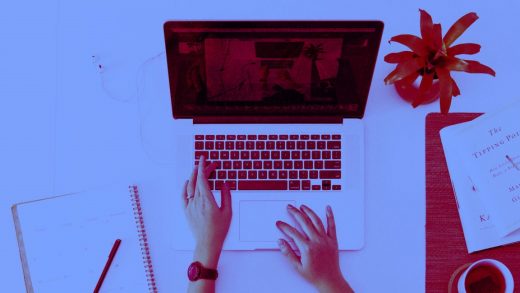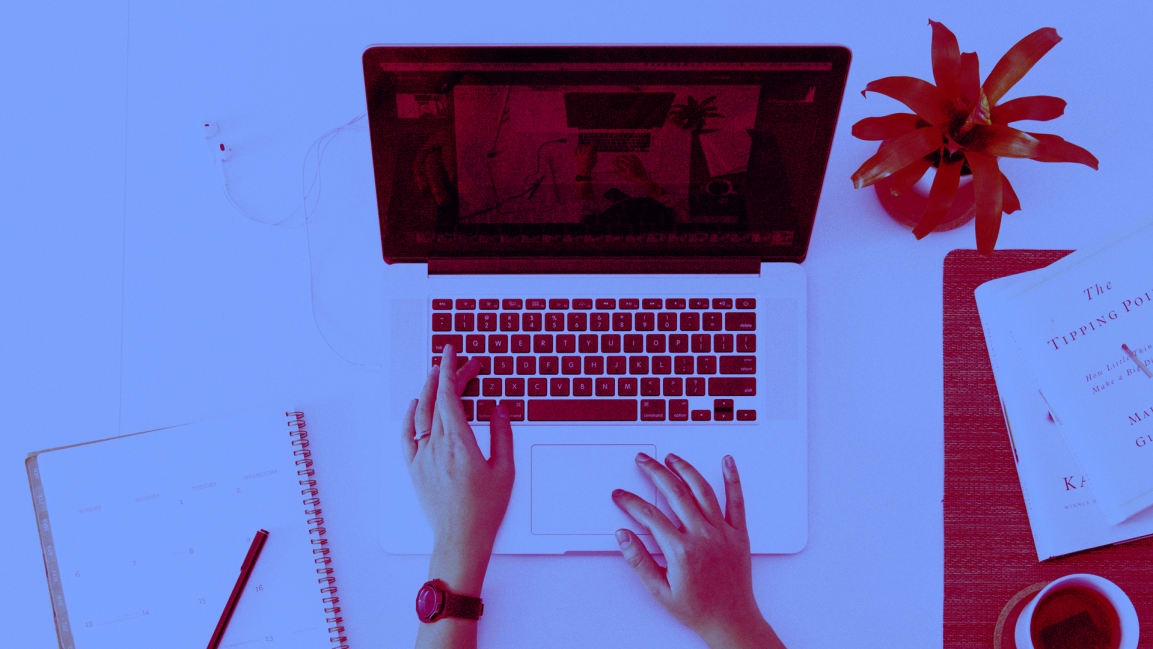Hiring managers use a screening tool that’s dangerous and possibly illegal
It shouldn’t require an act of bravery to update a LinkedIn profile. For domestic violence survivors, however, safety in the aftermath of an abusive relationship often depends on becoming unfindable, a status incompatible with the nature of professional networking platforms, social media activity, and career building in general. Recovery and survival, on the other hand, depend on the community, connection, and financial resources that social media platforms now facilitate.
I understand this dilemma of invisibility all too well. I moved to New York City after leaving an abusive relationship in 2012 precisely because the city’s size made me feel unfindable. I knew only one person there, and I looked forward to starting over with anonymity as my protection.
The snag in this plan? In order to develop the social and professional networks which were crucial to my survival, I needed to “exist,” and existing in a digital era means doing things such as following others and letting them follow you on Instagram, tagging and being tagged in posts that signal community, and connecting on sites such as LinkedIn. Through these networks, one becomes known, not to mention verifiable. Access to larger networks unfolds in this way and, perhaps most importantly when starting a new life, connections to employment become easier.
I am comfortable talking about it now, but I didn’t want to be known as a survivor of domestic violence in my new life. I didn’t want to deal with the misunderstanding and stigma survivors face, and I didn’t want that singular experience to define me. As the news cycles show us, survivors are wise to question how the world that both produces and protects abusers will receive our stories.
That risk makes it hard to say to a new connection, “Oh sure, let’s follow each other! Just please don’t tag me in anything or post my picture anywhere identifiable or use my name because I’m trying to hide from someone who may or may not be dangerous and looking for me.”
The risk peaks when that connection could lead to a career opportunity. A new survey from global staffing firm Accountemps finds that “senior managers are most impressed when candidates connect with current employees at the company of interest via social media (49%) and provide access to an online portfolio or personal website (47%).”
Other studies on the use of social media in hiring practices show that not having a digital footprint is a threat to one’s economic survival. This CareerBuilder.com study from 2017 showed that, from a group of over 2,300 employers, 70% conduct research on prospects using social media. Of that 70%, more than half (54%) report that they have decided not to hire a candidate based on their social media profiles. Here’s the kicker: 57% report they are less likely to pursue a candidate if they lack a social media presence.
For those who can’t safely engage on social media, these data suggest their absence prevents their equal access to employment opportunities. Cultivating a social community and professional network without an online presence is tough, and a choice between the “safety” of social isolation or the survival found within a community is no choice at all.
When I first arrived in New York City, I had prepaid my Airbnb housing arrangement and had enough cash and credit to survive about three months without a job. Every time I thought about posting a résumé to a job search site, I agonized over whether to list an address or phone number, wondered where this information might be shared, and feared how it might be searchable. Even when I did work up the nerve to risk disclosing my contact information on a résumé, I sure didn’t update my LinkedIn profile.
I was lucky to find a job through the one person I knew in town, but not all survivors have that option. My days of hiding are finally behind me, but I needed the freedom to arrive at this point at my own pace. Job hunting should not force anyone to rush a recovery process or place themselves in danger.
Hiding is isolating and expensive for survivors. Taking this job meant I started at roughly half my previous salary but, given my options and the far greater humiliations I had left behind, I was more than willing to take any job I didn’t have to go online to find.
Not insignificantly, I could also see anyone coming toward me from my desk, and a door behind me led to an inconspicuous service exit where I knew I could quickly leave if needed. To be clear, I didn’t necessarily expect anyone to come in and attack me in broad daylight. Abuse is complicated, stalking is complicated, and I think there is a unique way one becomes afraid when constantly uncertain if they are being watched or followed. It was like that for me, at least. So I embraced the position and its relative protection and learned every skill I could. I networked and made connections within the professional community I could safely access, which eventually led me to a better job.
But the true total cost of domestic violence reaches into society’s pockets as well. Staggering numbers from the Institute for Women’s Policy Research estimate a societal burden in the billions, and these costs compound both individually and communally when a survivor can’t access a job. When nearly half of hiring managers will dismiss a candidate because they aren’t readily searchable, but the primary online safety advice for survivors suggests limiting searchability, the lives and financial stability of survivors of domestic violence are caught in the crosshairs.
Until formal policies and enforcement catch up with the new forms of violence made possible by the internet, hiring managers should refuse to discriminate against a candidate with a missing profile. It might even be their legal responsibility.
According to the EEOC, any action or behavior by an employer that unfairly discriminates against a protected class is a violation of Title VII of the Civil Rights Act. Domestic violence survivors aren’t an explicitly protected class under federal Equal Employment Opportunity Commission (EEOC) guidelines but are increasingly recognized as such in many individual states. As domestic violence often intersects with gender-based violence, there are also legal precedents for viewing survivors as a federally protected class due to their gender.
When survivors can’t safely engage in social media, eliminating a candidate because they have no presence at all smacks of unfair discrimination. It’s time for better solutions overall for online safety, but employment discrimination against candidates without online profiles is at least one practice that can stop right now.
Kristyn Stolze is the founder and CEO of Hudson Willamette Strategies, a New York City-based consulting firm specializing in change management.
(30)



